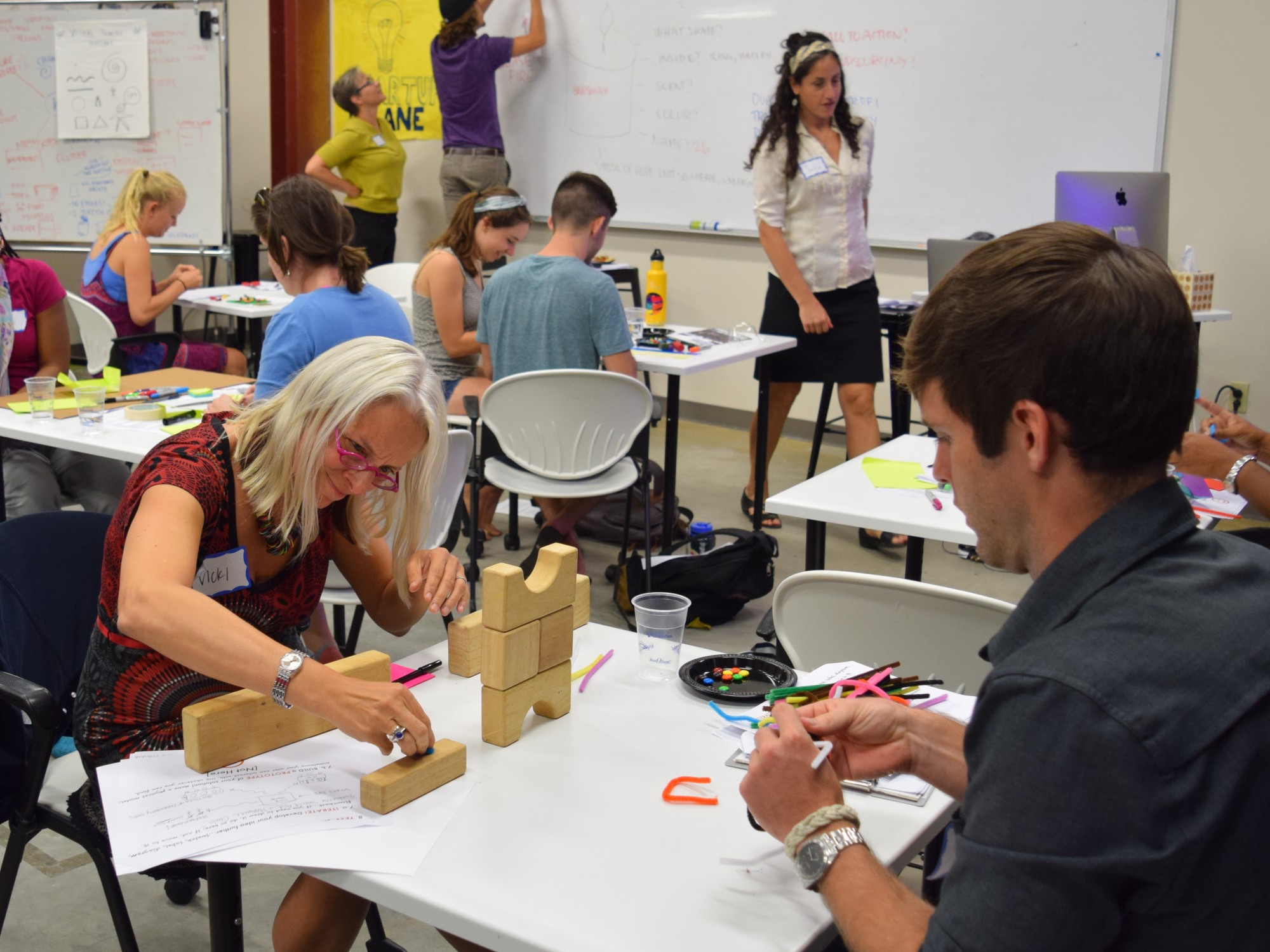Throughout my education, the richest learning experiences have always been those that have been with my peers. Growing up attending Berkeley Public Schools I learned so much about the world from my classmates. While at Tulane, there have been two specific courses in which I have watched a class transform from a group of students into a team of engaged learners; MOAS Brazil, and The Future of Capitalism. In these courses, rather than turning our minds into metaphorical buckets to be filled with content we were trusted and empowered to teach one another. We were able to frame our discussions, essays and projects around the issues and problems that we felt were worth addressing. As a result of their trust, professors inspired a deeper level of curiosity and feeling of ownership over our education.
To me, “changemaking” starts with this type of critical pedagogy. Critical pedagogy in the classroom leads to critical thinking as well as thoughtful and meaningful discussion. This turns passive learners into active agents of change that are capable of contextualizing, and willing to take on, the difficult challenges around them. I believe that Design Thinking can be a very effective tool for bringing this type of teaching and learning to a larger portion of our student body.
Design Thinking develops mindsets that allow you to engage creatively with the problem-filled world around us. Instead of a one-size-fits-all approach to problem solving, Design Thinking is human-centered and its methods encourage you to look at a problem from multiple angles before starting to craft a solution. We start with divergent thinking, opening up our minds to a multitude of ways of framing and addressing an issue before converging upon a solution. For example, rather than asking what is the sum of 5 + 5? We might ask instead, what two numbers add up to 10? In reframing this question, we have an infinite number of solutions as opposed to just one.
As the Design Thinking Fellow at Taylor, I have spent a lot of time thinking about how to develop more spaces and opportunities on campus that develop self-efficacy in students. From personal experience, I know that these two courses, as well as my Design Thinking training, have been the most invigorating and inspiring elements of my Tulane education, however I know these opportunities are not ubiquitous. However, if you’re interested in Design Thinking yourself, take the Taylor crash course. Our 2-hour “crash course” introduces participants to design thinking as a process to solve complex problems. If you would like to read more on critical pedagogy, check out this recent article: http://www.truth-out.org/news/item/33061-the-curse-of-totalitarianism-and-the-challenge-of-critical-pedagogy.
By Gaetano Trachtenberg, Design Thinking Taylor Fellow
